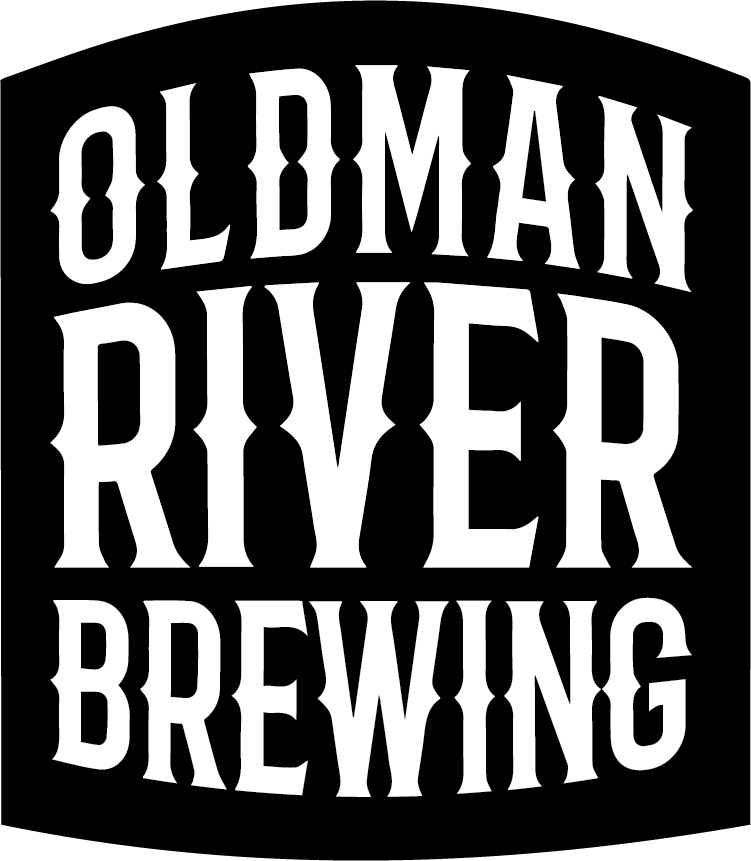A Brief Overview Of Sour Beers
Sour beers have been around as long as beer has been made.
Before we understood where beer came from nothing was controlled or sanitary so a host of microorganisms mingled and fermented the wort. Wort is sugar water created from the starches of barley and other grains.
One of those microorganisms is lactobacillus. It is a common bacteria that is everywhere. It has historically and currently been used to ferment all sorts of things that we eat and drink. A everyday example of this is yoghurt.
Specifically, Lactobacillus creates lactic acid as a byproduct of its reproduction just like yeast produces alcohol and Co2.
This acidic environment makes it very hard for other harmful bacteria to grow, which is why humans use it to protect things we eat or drink.
Hops and Sour Beer
In the wrong types of beer the acidity produced by Lactobacillus can be pretty off putting.
This is one reason why hops became so widely used. Hops have an inherently antimicrobial effect that restricts the growth of bacteria. For instance IPA’s were originally created so that the British could keep beer from spoiling (or souring) on the long voyage to India.
In modern times we understand the biological processes of fermentation and have developed methods that largely exclude any sort of bacteria from the process unless we intentionally put it in there. So hops are now used more for the flavour components and its ability to balance the sweetness of beer.
In fact lactobacillus is so sensitive to hops that if you are intentionally trying to create a sour beer then you should completely eliminate them from the souring process.
Methods For Making Sour Beer
Kettle Souring
The most wide spread modern way of making a sour beer is called kettle souring. This process is similar to making a normal beer until you get to the point of boiling the wort.
At this point the wort is brought to a boil but we do not add hops so that we can create a good environment for the bacteria to work. The boiling of the wort kills everything that is in it. This gives us a blank slate to add whatever microorganism that is wanted.
After this point the wort is cooled to about 30C but kept in the kettle. It is super important that everything is kept sanitary because we are creating the perfect environment for bacteria to grow and we don’t want any unwanted friends at the party.
The key to this process is that the lactobacillus bacteria is added by itself so that it has no competition from the yeast.
It will then rapidly produce lactic acid, which makes it sour. Once the desired acidity is reached the kettle is turned back on to kill the bacteria and the wort is treated like any other beer.
The key benefit to this method is that you can produce a sour beer quite rapidly but one of the drawbacks is that it can be quite plain.
Co-fermentation
Another way to create a sour beer would be to add the bacteria with the yeast. This can have pretty varied results in terms of acidity levels because the bacteria has to compete with the yeast in the fermentation process.
Another major drawback is that it exposes your fermentation vessels to bacteria that is not great in other styles of beer.
Lambic/Wild Fermentation
This is not a very common method in modern brewing but is certainly one of the most magical. This method requires a whole bunch of time and a deep understanding of the microorganisms at play.
This is essentially how beer was originally made. After brewing the wort is pumped into a vessel called a coolship which is open to the air and is left to cool in that vessel.
Through condensed water falling back into the wort and whatever is naturally in the air the wort is inoculated with a host of bacteria and yeast. Acidity is controlled in these beers by blending different barrels together and by utilizing huge amounts of hops to control the bacteria.
One of the best known producers of this type of beer is Cantillon.
Sour Beer at Oldman River Brewing
We have created several examples of kettle sours at our brewery and will continue to do so. It is a unique flavour that can help accentuate other components of a beer.
Check out our Ephemerella Dry Hopped Sour
We have also toyed with the thought of creating our version of a lambic with the microorganisms inherent to our area, but we will see about that project!

